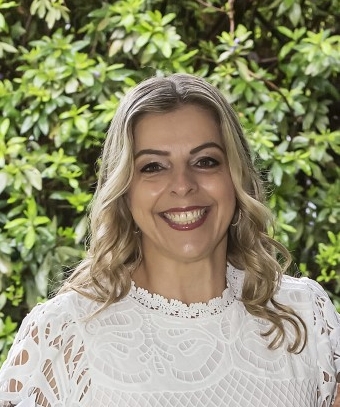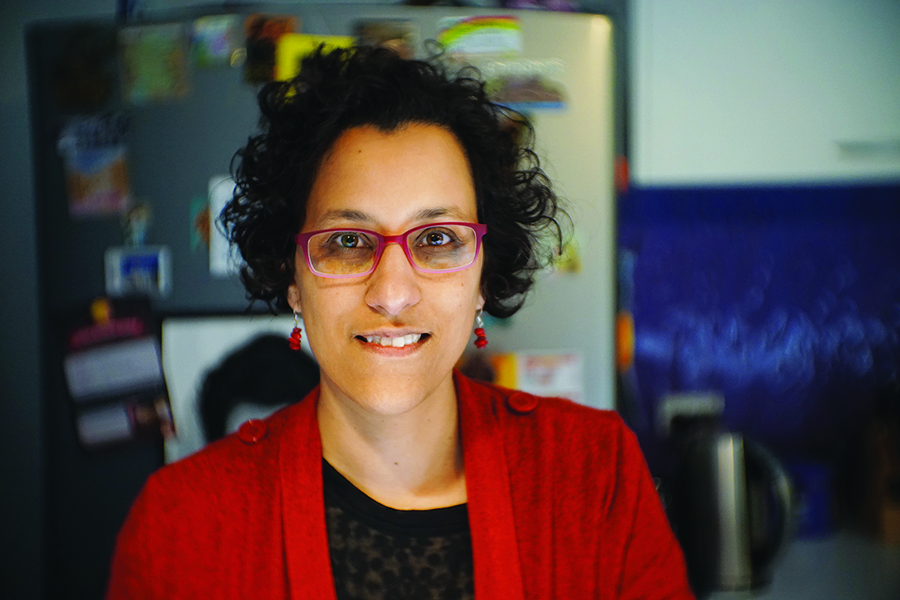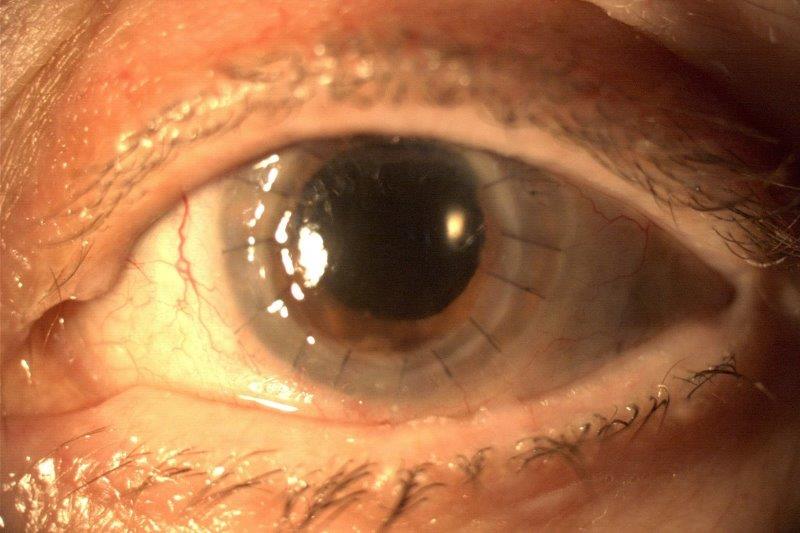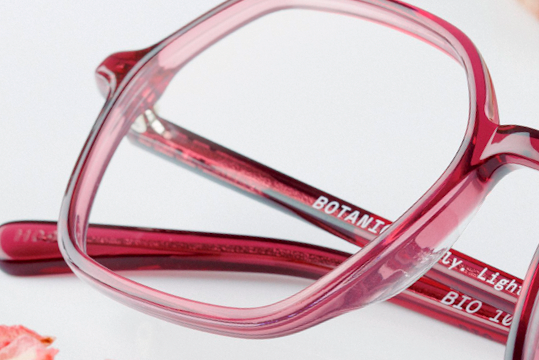Social media: what works, what doesn’t!
There’s no getting around how important a social media presence is today. While you might think it’s all about keeping up connections with friends and family, there are plenty of people also using it to research and buy products and services.
According to Meltwater and We Are Social’s 2023 Global Digital Report, of Australia’s 21.3 million active social media users, an astronomical 61.5% use it for brand research, with almost one in five using it to find products. That’s a lot of people you could be reaching! Given the influence of these platforms, how is your optometry business faring on the social media front? If the answer’s ‘not great’, these tips from those in the know might prove useful.
Why use social media?
The 2023 Global Digital Report shows Australians average over two hours of daily social media use and access six platforms per month. At 73.6%, Facebook has the lion’s share of users, with Instagram and TikTok not too far behind at 55.5% and 41.5%, respectively. When it comes to the types of accounts people follow, just over one in five are brands they’ve previously purchased from and just over one in six are brands they’re considering buying from.
Trinity Scarf, national marketing and engagement manager for Optometry Australia (OA), says social media as a brand-discovery tool is increasingly important and highlights the need for independent optometry businesses to consider it among their marketing mix. “A good social media and content strategy can provide a cost-effective way to engage with potential patients and build trust and rapport with existing patients, while increasing brand awareness and competitive advantage. That said, many practices have limited resources or don’t know how to implement this.”

Trinity Scarf
Robert Springer, CEO of OptomEdge Practice Marketing Services, agrees but says he also sees social media as a means to exhibit your industry expertise and help build awareness of eye health. Independent optometry practices also have a distinct advantage over their larger corporate counterparts, he says. “They are better positioned to create content more quickly, more spontaneously and with more authenticity, which is more aligned with the specifics of their local community.”
Former optometry practice owner Fatin Tobia, co-founder and director of Eye2Eye Marketing, points to the cost benefits of social media advertising. “Compared to traditional advertising methods, such as print ads or radio commercials, social media advertising can be much less expensive and more targeted.”
Socials strategy and tone
There are numerous components to establishing an effective social media strategy, says Springer. “Embrace your digital first impression by understanding your social media profiles often represent the first point of information for prospective patients. It’s like an online business card with a consumer experience context. Having a fresh and an ongoing social media presence creates the impression of a thriving and progressive business.” He also advocates using paid outreach advertising. “Ultimately, if you would like your message to be seen by your target audience, you will need to fuel your messaging with advertising dollars. It’s the pay-for-performance model of ‘boosting’ or ‘sponsoring’ a post.”

Robert Springer
Springer says it’s also helpful to understand direct messaging. “For existing patients, it represents a convenient communication channel. You can offer your patients an option of interacting with you in a way that’s just as legitimate as a phone call.”
When it comes to creating your strategy, it’s important to consider the tone of voice, he says. “Do you like to showcase your personality as the practice owner, or do you prefer a more clinical approach? I recommend following many different types of social media pages within your industry as sources of inspiration.”
Of course, you’ll also need to consider your budget, establish clear goals for what you want to achieve – whether that’s increasing engagement with your customers or working on your brand awareness – and choose the right platform. To that end, Tobia says it’s important to regularly analyse engagement metrics such as likes, comments, shares and click-through rates, so you can adjust content according to what is resonating with your audience.
If you don’t have the social media know-how within your business, it’s worth finding an expert to help you with your strategy and top-line content plan, says Scarf. But establishing and maintaining an optometry practice brand online using social media is achievable without a large time or budget commitment, adds Springer. “The more performance-minded goal is achieving specifics such as new patient enquiries or online appointment bookings. This approach focuses on achieving incremental revenue and net profit for the practice. In our experience, this is the domain of experts, so a digital marketing agency should be employed to work with you on the particulars of your local area.”
Platform selection
With a host of established social platforms and more seemingly gaining popularity by the day, it’s difficult to determine which one will give you the most bang for your buck, but Scarf is clear on this. “Facebook and Instagram remain the two most relevant social platforms for our sector with regard to building consumer brand awareness among your target audience.” Springer says he also feels Facebook is well suited to location-based businesses given its reviews system. “It’s still the gold-standard platform which we have found generates sufficient ROI for time and budget.”
When OA recently decided to expand its presence beyond Facebook, it went with Instagram rather than TikTok because of the audience differences, says Scarf. “We wanted to better engage with our younger members who we know increasingly don’t use Facebook. Instagram delivers the sweet spot because it still has young users, yet a broader demographic than TikTok.” OA’s social media team also felt TikTok’s tone of voice was a little too youthful, playful and irreverent; too great a departure from the professional, aspirational element OA wanted to celebrate, she says. Another Instagram benefit is the short-form content format, consisting of both photos and videos. Scarf says this gives OA more scope for a sustainable content strategy, as well as better branding options with customisation tools and the ability to add external links.
Productive posting
What you post matters and Springer advises starting with the content choice. “Make it relevant, make it interesting and invite participation. Seasonal contests are a great way to nurture involvement from your audience on an occasional basis and make it fun for people.” As today’s attention spans are shorter than ever, you should always be able to answer the question ‘how does this benefit my audience?’ before posting, he says.
Scarf says OA’s social media posts that usually get the best engagement tend to be about other members (often featuring a smiling face!) or content such as research breakthroughs, eye health news or those relating to optometry’s expanding scope of practice in Australia.
Tobia is a big fan of the ‘patient spotlight’ short testimonial. “The ideal patient spotlight includes a picture of them, text that sums up why you chose them for the spotlight and a catchy quote, preferably from the patient about why they love your optometry practice. Video testimonials also work well.” However, she says the key to really upping engagement is creating content that encourages followers to comment, like and share. “Optometrists can do this by asking questions, creating polls or encouraging followers to share their own stories or experiences. It’s also important to respond promptly and thoughtfully to comments and messages to build strong relationships with followers.”

Fatin Tobia
When it comes to video posts, Scarf says they can get great engagement, as long as they’re short and compelling. “Don’t fall into the trap of thinking video is necessarily better than still images. But it’s safe to say a picture will always get more engagement than a text-only post – social media lends itself towards great visuals.”
Pitfalls and posting frequency
What you should avoid, says Springer, is making selling your priority. Tobia also advises steering clear of content unrelated to the industry or your target audience, as well as negative or controversial posts. She also highlights the dangers of inconsistent posting, which can lead to a loss of followers and negatively impact your social media algorithm rankings.
When it comes to how often you should post, Scarf says it’s important to post enough content to keep your audience engaged, but not so much that you overwhelm them or dilute the quality. “As a general guideline, businesses should aim to post at least once or twice a week on each platform. But it’s also important to note that quality should always be prioritised over quantity. Posting content just for the sake of it can be counterproductive if it’s not engaging or valuable to your audience.”
Springer argues frequency depends on your goal. “For audience engagement and education purposes, only post as often as you think your audience would appreciate. We suggest one post per week as a minimum. For business development, we suggest running paid ad campaigns for two weeks, then pausing to review results.”
If all this sounds a bit too much to handle, Scarf says there are alternatives. “In the absence of resources or expertise within an independent practice, my advice is to look at what relevant channels and followings you can tap into, rather than having to build your own. For example, the @optometryaustralia Instagram is all about celebrating optometrists, optometry and eye health and we feature individual optometrists on a regular basis. So that is an opportunity to put up your hand to be featured.”
Focus on Business is supported by The Independent Optometry Group (IOGroup)

Renee Lunder is an Australian freelance journalist, proud specs wearer and regular contributor to NZ Optics.
























